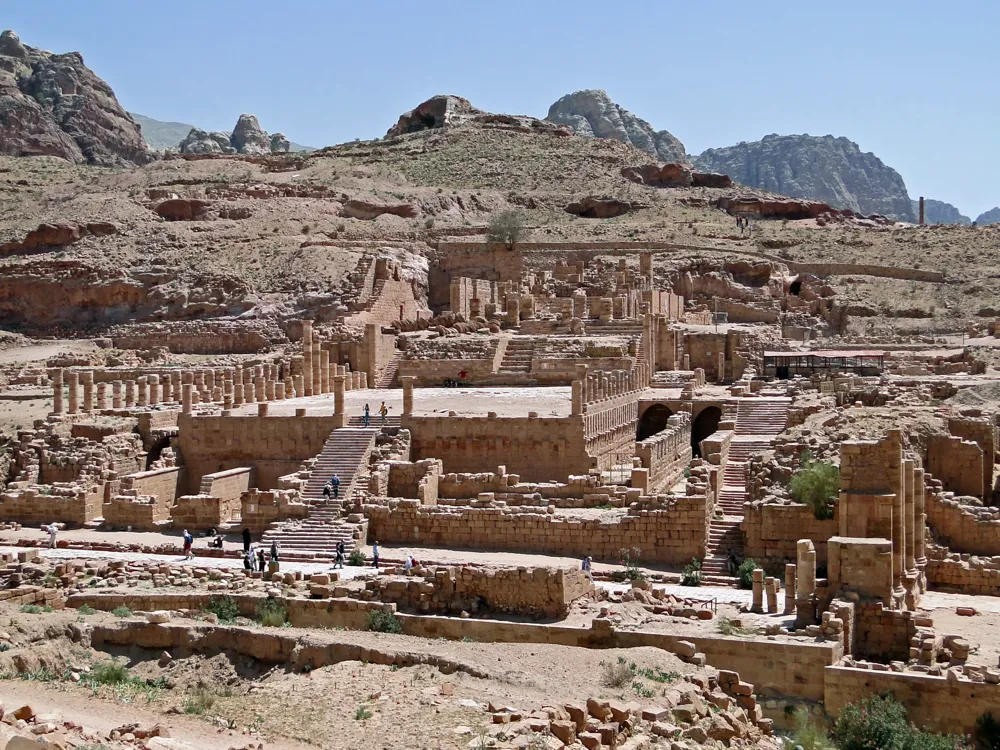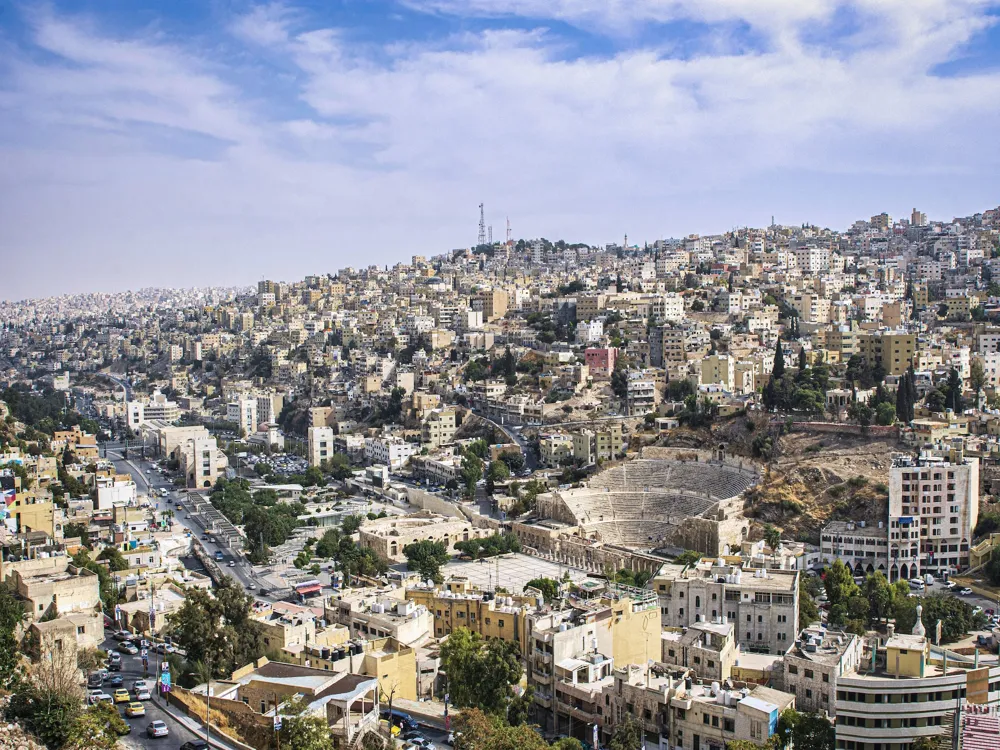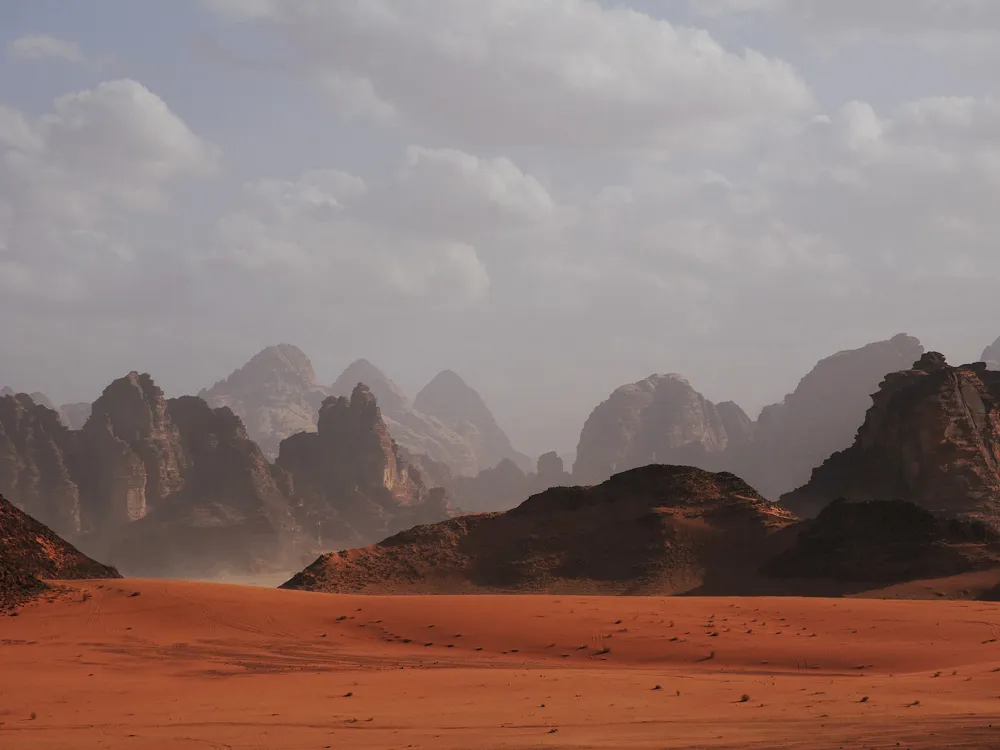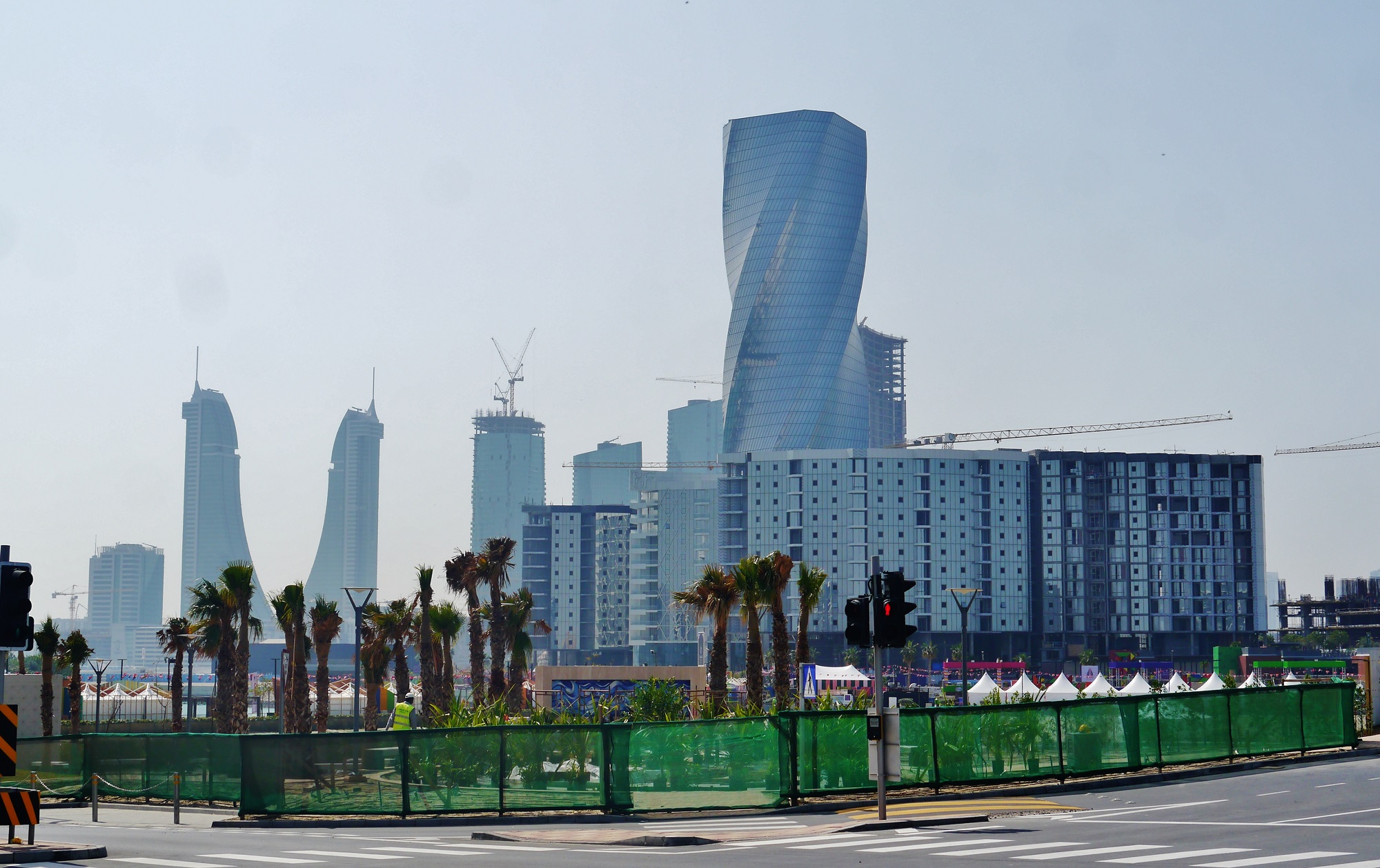What is the Best Time to Visit Jordan?
Jordan, a gem in the Middle East, boasts a diverse climate, making it crucial to plan your visit according to the weather. Understanding the best time to visit Jordan can enhance your travel experience, ensuring you make the most of this enchanting destination.The spring (March to May) and autumn (September to November) seasons are the ideal times to visit Jordan. The favourable weather throughout these months, with highs and lows between 20 and 30 degrees Celsius (68 and 86 degrees Fahrenheit), is perfect for visiting outdoor sights like Petra and Wadi Rum. In addition, the autumn season produces a stunning display of colours in the landscapes, while the spring delivers lovely blooms. Summertime in Jordan (June to August) is not the best time to visit as the temperature can rise beyond 40 degrees Celsius (104 degrees Fahrenheit), which makes outdoor activities uncomfortable and challenging.Autumn travel (September to November) or spring travel (March to May) are the ideal seasons to visit Jordan. The nights are cold, while the days are warm, ranging from 61°F to 99°F. Because of the abundance of flora and wildlife in the natural reserves, it's not too hot to explore the area or go trekking.Summertime (June to August) brings extreme heat, with highs reaching 102°F. In contrast, Jordan gets snowfall often from December to February, and the country's evenings may turn quite cold, particularly in the desert areas. It rains mostly during this time of year, in brief, intense showers.
More about the Best Time to Travel to JORDAN
Exploring the nuances of Jordan's weather throughout the year is essential for a seamless travel experience. Let's delve into the distinct seasons and what each has to offer, guiding you on when to plan your visit. Because of the more moderate temperature, you may visit well-known locations like Petra and Wadi Rum without risking sunburn. While it is undoubtedly busier in these months, if you visit in a shoulder month such as March or November, you should be able to avoid the large crowds. The winter season in Jordan lasts from December to March and is characterised by rain, snow, and cold temperatures. But since it's a calm time to visit, places can be unoccupied.
While summer travel is still possible (June to August), it might be difficult for individuals who aren't used to the heat because temperatures can reach as high as 104°F (40°C) in some areas. Similar considerations apply to the winter season: although it is unlikely, intense winter showers might result in flash floods, so you might need to include some wiggle space in your schedule to account for travel disruptions (which is not ideal if you're pushed for time).
Travel Peak Season in JORDAN
The peak season in Jordan typically aligns with the cooler months from September to April. During this time, the weather is pleasant, and you can enjoy iconic sites like Petra and Wadi Rum without the scorching heat.
-
Spring (March to May):
- Reasons: Spring is considered one of the peak tourist seasons in Jordan. During this time, the weather is generally mild and pleasant, making it ideal for exploring outdoor attractions. Popular destinations, including Petra and the Wadi Rum desert, attract a high number of visitors. The temperatures are comfortable, and the landscapes are vibrant with blooming flowers.
-
Autumn (September to November):
- Reasons: Similar to spring, the autumn months of September to November are also considered peak tourist season in Jordan. The weather is typically mild, and tourists can enjoy exploring historical sites, nature reserves, and the unique landscapes of Wadi Rum. This period is particularly suitable for outdoor activities.
-
Christmas and New Year (late December to early January):
- Reasons: The Christmas and New Year holiday season is another peak travel period in Jordan. Many tourists, both domestic and international, choose to spend their holidays exploring Jordan's historical and cultural attractions, including Petra and the Dead Sea.
Travel Offseason in JORDAN
Contrarily, the offseason, spanning from May to August, brings warmer temperatures. While it might deter some travellers, it's the perfect time for those seeking fewer crowds and unique cultural experiences.
-
Summer (June to August):
- Reasons: Summer, from June to August, is typically considered the offseason in Jordan. During this period, temperatures can be extremely high, especially in the desert areas like Wadi Rum. While coastal areas like the Dead Sea may offer some relief, many tourists prefer to avoid the intense summer heat.
-
Midweek Travel:
- Reasons: Travelling on weekdays, especially outside of major holidays, can often provide a quieter experience. Many tourists visit Jordan on weekends and during public holidays, so weekdays may offer a more relaxed atmosphere at popular tourist spots.
-
Late Winter to Early Spring (January to February):
- Reasons: Late winter to early spring, specifically January to February, can be considered the offseason as well. While temperatures are milder during this time, it's not the peak tourist season, and some attractions may have fewer visitors.
JORDAN Weather in Winter (November – February)
Winter in Jordan, from November to February, offers mild temperatures, making it an ideal time to explore historical sites comfortably. Let's break down each winter month to help you plan your itinerary effectively.
JORDAN Weather in November
November brings cooler temperatures, making it an excellent month for outdoor exploration. Don't miss the chance to discover the ancient city of Jerash or take a dip in the Dead Sea.
JORDAN Weather in December
December sees a slightly cooler climate, creating a magical atmosphere for exploring Petra. The nights may get chilly, so packing layers is advisable.
JORDAN Weather in January
January welcomes mild weather, making it a great time for hiking in the Dana Biosphere Reserve or embarking on a camel trek through Wadi Rum.
JORDAN Weather in February
February boasts pleasant temperatures, perfect for wandering through the narrow streets of Madaba or admiring the mosaic art in its churches.
JORDAN Weather in Summers (March to June)
Summer in Jordan, spanning from March to June, ushers in warmer weather. While temperatures rise, each month offers unique experiences and activities.
JORDAN Weather in March
March signals the onset of warmer weather, making it an excellent time to explore the ancient city of Petra before the peak tourist season.
JORDAN Weather in April
April brings warmer days, allowing for delightful experiences like a leisurely stroll in the Azraq Wetland Reserve or a visit to the mediaeval castle of Ajloun.
JORDAN Weather in May
May sees rising temperatures, providing a great opportunity to unwind on the shores of the Red Sea or explore the vibrant markets of Amman.
JORDAN Weather in June
June marks the beginning of summer, with warmer temperatures perfect for experiencing the unique blend of history and modernity in Amman.
JORDAN Weather in Monsoon (July – October)
The monsoon season in Jordan, from July to October, brings a different charm to the landscape. Despite being the offseason, it has its own allure.
JORDAN Weather in July
July welcomes the monsoon, offering a chance to witness the greener side of Jordan. Enjoy the lush landscapes while exploring the ancient ruins of Jerash.
JORDAN Weather in August
August continues the monsoon season, making it an off-beat time to visit. Discover the desert landscapes of Wadi Rum amidst occasional showers.
JORDAN Weather in September
September sees the tail end of the monsoon, providing a unique opportunity to experience both the vibrant greenery and the traditional Bedouin culture.
JORDAN Weather in October
October marks the end of the monsoon season, and while the weather transitions, it's an ideal time to explore the historic city of Petra without the crowds.
Conclusion
Choosing the best time to visit Jordan depends on your preferences and the experiences you seek. Whether you opt for the cooler months to explore historical wonders or the offseason for a more intimate cultural encounter, Jordan's charm is ever-present.
Tourist Places to Visit in Jordan
Amman
Amman is Jordan's capital city and one of the most westernized cities in the Middle east. This historic city serves as one of Jordan's most popular tourist destinations, a beautiful mix of ancient ruins with a modern, cosmopolitan vibe. It is the perfect place to enjoy the Middle East...
Petra
Petra is an archaeological city in southern Jordan, located amidst rugged canyons and mountains. Constructed in pre-historic times, Petra's distinctiveness lies in being half built and half carved into red, white, pink and sandstone cliffs. The red colour of the stone has led to Petra being referred...
Aqaba
Aqaba is the only coastal city in Jordan located between Asia and Africa on the northeastern tip of the Red Sea. Aqaba is popular for its beaches, seafood cafes, stunning desert scenery and friendly locals.
All Places to Visit In Jordan
Faq
Is it safe to visit Jordan during the offseason?
Absolutely, while the offseason may bring warmer temperatures, it also offers a unique and less crowded experience.
What should I pack for a winter trip to Jordan?
Packing layers is key. Include warm clothing for evenings and early mornings, especially in December and January.
Are there any cultural festivals during the summer months?
Yes, summer hosts various cultural events and festivals, providing a unique cultural experience.
Can I still enjoy outdoor activities during the monsoon season?
Despite occasional showers, the monsoon season offers a lush and picturesque landscape, enhancing outdoor experiences.
Is it recommended to visit Jordan in March for outdoor activities?
March is an excellent time for outdoor activities as the weather is warm, and tourist sites are less crowded.




















